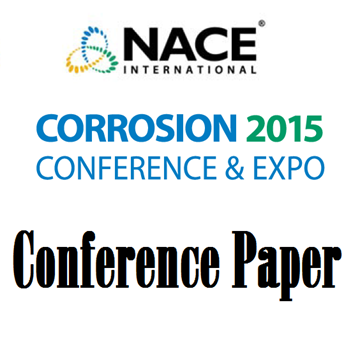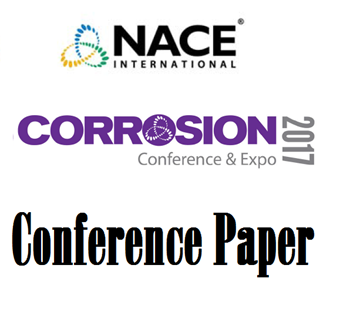Search
01629 CASE STUDY: EXTREME CORROSION OF A 20" OIL PIPELINE IN THE NIGER DELTA REGION
Also Purchased
51315-6022-Proposed External Corrosion DIrect Assessment Methodology Modification Based on a Case of Study of 110Km Buried Pipeline
Product Number:
51315-6022-SG
ISBN:
6022 2015 CP
Publication Date:
2015
$20.00
08120 Corrosion of Natural Gas Transmission Line: a Case Study
Product Number:
51300-08120-SG
ISBN:
08120 2008 CP
Publication Date:
2008
$20.00
Dealing with Pipelines Positive Potential a Case of Study
Product Number:
51317--9202-SG
ISBN:
9202 2017 CP
Publication Date:
2017
$20.00




